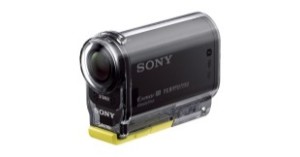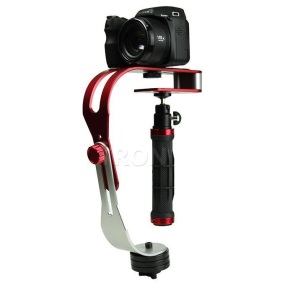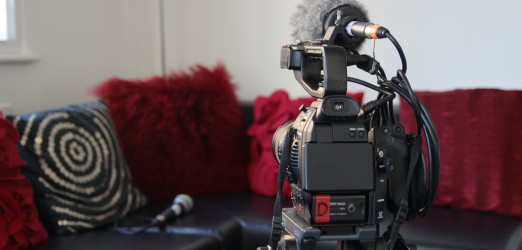If you’re reading this blog, chances are you may have read my previous blog Top 3 Gadgets to Use in a PR Campaign As you know, technology moves very quickly, so now I will be discussing three more useful gadgets that I like to use in a PR video.
By Rory Green
360 degree video cameras

360 degree video is extremely popular today. A 360 degree video allows the viewer to move the camera so the video can be viewed in 360 degrees! Online video platforms such as YouTube now enable users to upload 360 degree videos- however it’s not as easy as it sounds. To do this effectively, you will need a specialist 360 degree camera and some editing software that will give the video file the correct information to ensure your video doesn’t end up distorted. However, if you persevere (or contact Shout! to do it for you…) you can end up with a really engaging piece of video.
We recently worked with a furniture company called Spaceist to create a 360 degree video of their show room. We put the camera in various parts of the showroom and edited each shot together. This enabled the viewers to view the whole of the show room and allowed them to watch the shots from a different angle!
Action Cam

An action cam is a miniature camera that produces quality HD footage. This type of camera is usually waterproof and shockproof and comes with a whole host of gizmos, which allow it to be attached to anything! If used correctly, you can get some interesting visual material which will really add some wow factor to your video.
Shout! recently produced a video for ‘Help for Heroes’ in which groups of ex-service men and women attempted an Ultra-triathlon from London to Paris. Multiple action cams were used and were really put through their paces! Since there were four groups of 6 people competing and only one of me, I needed to make sure that I didn’t miss a shot. To do this I attached an action cam to a few of the competitors that I didn’t follow. Some of the shots were fantastic, and since the camera is so versatile, they were completely different to what I would normally shoot. One of my favourite shots was an underwater shot of an ex-service man swimming in the middle of the English Channel!
Watch the video here: Help for Heroes
Stabiliser

When in pre-production for a shoot, we would usually recommend a location recce. This is a good way to flag up any issues with the location such as lighting, sound, or places suitable to put a tripod.
When we film we want all of our shots to look professional, therefore any shaky footage is always edited out. If the location or event renders the use of a tripod impossible, I would often use a stabiliser to ensure any hand-held shots are steady.
Using a stabliser is an effective way of getting shots when you’re not using a tripod. Tripods can be limiting in that they only allow you to go as high or as low as the tripod will allow. With a stabiliser however, you can get as low or as high as your body (or your nerves) allow.
As the world of video is ever changing, I will no doubt be writing a third installment to this blog in a few months. In the meantime, if you have any questions please get in touch hello@shoutcommunications.co.uk



